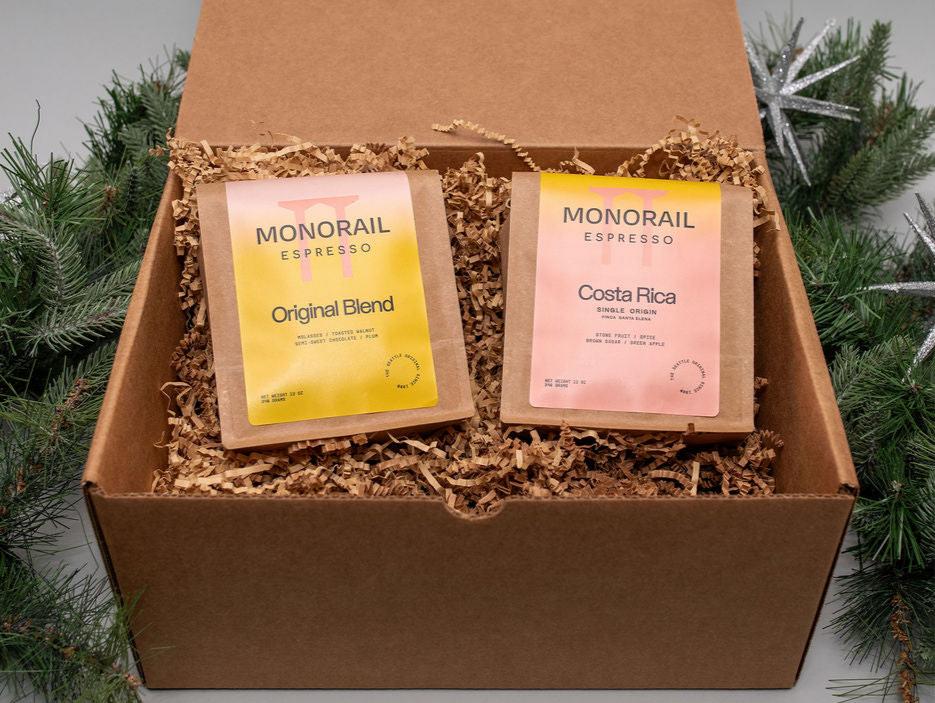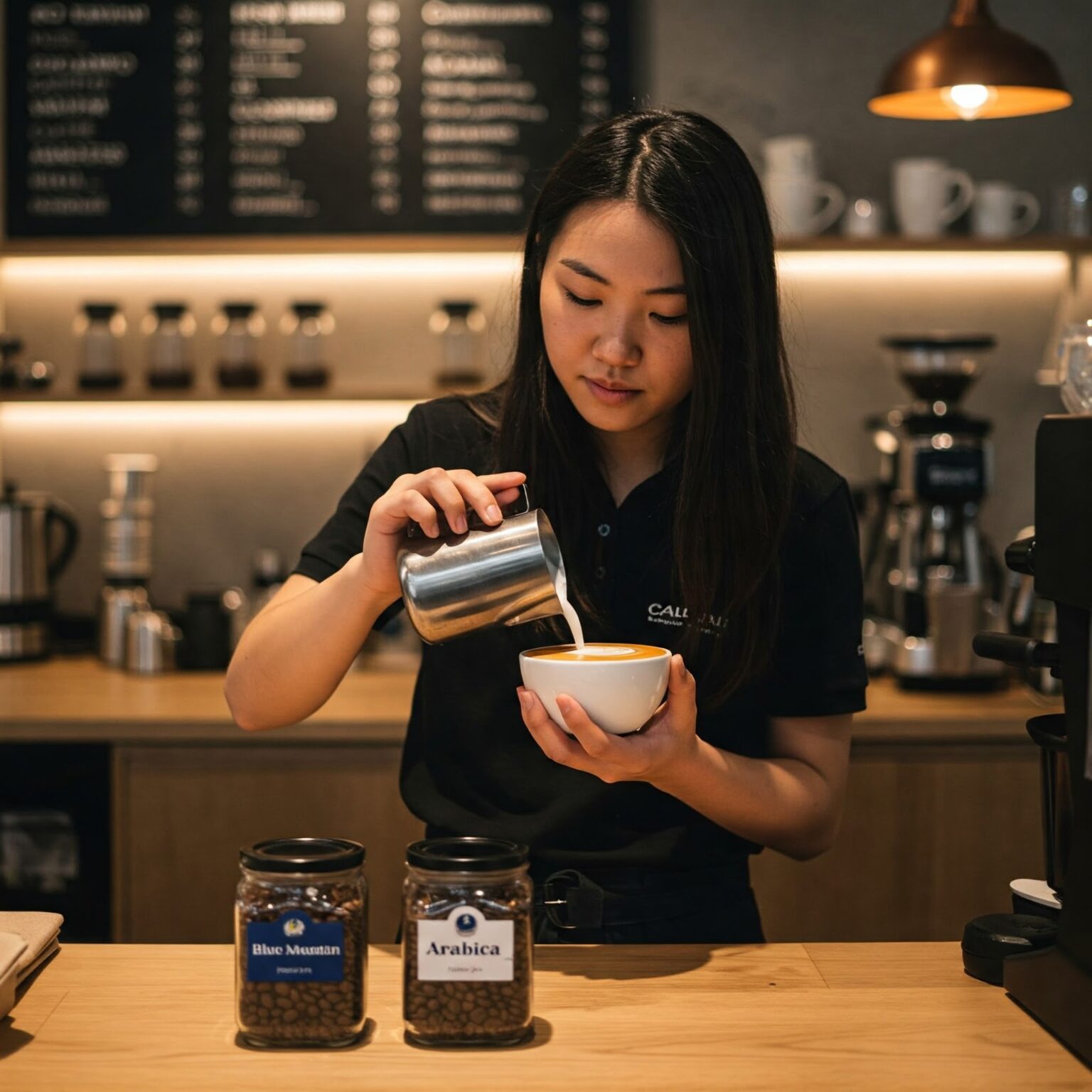A Beginner’s Guide to Understanding SOE Single Origin Espresso
Comprehending Coffee Beans: the Trip From Coffee to Blended Coffee Beans

The Origins of Coffee: A Global Point Of View
While you might consider coffee as a contemporary staple, its origins map back centuries, intertwining with societies across the world. The story starts in Ethiopia, where legend claims a goat herder called Kaldi discovered the invigorating effects of coffee beans after noticing his goats romping vigorously after eating them. This triggered interest, leading to coffee's infect Arab traders who valued the brewed drink. By the 15th century, it reached Persia, Egypt, and Turkey, where coffee shops became social hubs for discussion and culture.
As trade routes broadened, coffee made its means to Europe in the 17th century, quickly acquiring appeal. It changed from a mystical drink into an everyday routine, motivating gatherings and intellectual exchanges. Each society included its unique twist to coffee prep work, improving its background. This global trip highlights just how coffee connects us, transcending borders and unifying varied practices through a basic bean.
Growing and Harvesting of Coffee Beans
As coffee's journey evolved, the emphasis shifted to the cultivation and harvesting of certain bean ranges, especially those utilized for espresso. You'll locate that espresso beans commonly come from Arabica or Robusta plants, each offering distinct flavors. The optimal expanding problems consist of high elevations and rich, well-drained dirt, which boost the beans' high quality.
Throughout the harvest, choosing approaches differ. In some regions, workers hand-pick ripe cherries, making certain only the very best fruit goes to handling. In various other locations, mechanical farmers are utilized, particularly on larger ranches. Timing is vital; you intend to collect when the cherries get to peak ripeness for maximum taste.
Once harvested, the beans are planned for handling, which is crucial in identifying their final preference. Recognizing the growing and harvesting procedures provides you understanding right into what goes into your favored espresso, enhancing your appreciation for each and every mug.
Processing Methods: From Cherry to Bean
Currently that you've learnt more about gathering espresso beans, allow's discover just how those cherries change into the coffee beans you enjoy. You'll see exactly how different harvesting strategies effect flavor, adhered to by the necessary steps of fermentation and drying out. Lastly, we'll damage down the milling and grading process that determines your coffee's top quality.
Harvesting Techniques Explained
When it comes to coffee, understanding harvesting methods is important, given that they directly impact the taste and top quality of the beans you enjoy. There are two primary techniques: careful selecting and strip selecting. Selective picking includes hand-picking just ripe cherries, guaranteeing you get the finest high quality beans. This approach often causes a richer taste account, though it's even more labor-intensive. On the various other hand, strip picking ways gathering all cherries at as soon as, despite ripeness. While it's quicker and less expensive, this can cause a mix of tastes, affecting the end product. Inevitably, the option of collecting technique can considerably affect your coffee experience, so it's worth understanding exactly how those beans made it to your mug.
Fermentation and Drying
After gathering, the next action in processing coffee beans play a considerable role fit their taste. You'll discover that fermentation is important, as it helps break down the mucilage bordering the beans, boosting their preference profile. Depending on the approach, this procedure can last from a few hours to several days, with differing outcomes based on temperature and moisture.
When fermentation is full, drying out adheres to, which is equally essential. You can select from mechanical or sun-drying drying out techniques. Sun-drying permits the beans to absorb tastes from the environment, while mechanical drying guarantees consistent dampness levels no matter of weather condition. Appropriate drying is necessary to stop mold and mildew and maintain the beans' quality, ultimately affecting your cup of coffee.
Milling and Grading Refine
As fermentation and drying set the stage for taste advancement, the milling and grading procedure warranties that just the best coffee beans make it to your cup. This stage includes eliminating the external layers of the coffee cherry, consisting of the parchment and husk. High-quality beans receive a higher grade, resulting in a richer coffee experience.
Roasting Methods: Unlocking Flavor Prospective
When you roast coffee beans, the technique you select can significantly influence the taste account. Recognizing the relationship between time, temperature, and toasting strategies is essential to disclosing the possibility of your brew. Let's explore how these components integrated to develop the best cup.
Roasting Methods Explained
While you might assume that all coffee roasting approaches produce the very same results, the fact is that each technique discloses distinct taste capacities in the beans. Drum roasting utilizes a rotating drum to uniformly disperse warm, enhancing caramelization and creating a balanced flavor. Air roasting, on the various other hand, flows hot air around the beans, promoting a lighter roast with obvious level of acidity.

Impact on Taste Profile
Various toasting approaches not just affect the procedure yet additionally significantly impact the flavor profile of the coffee beans. Dark roasts, on the other hand, bring out vibrant, great smoky tastes, occasionally covering up the bean's unique qualities. Comprehending these nuances assists you appreciate the creativity behind your cup of coffee, improving your general experience with every sip.
Time and Temperature Aspects
To launch the complete taste possibility of coffee beans, both time and temperature level during the toasting procedure play substantial duties. When roasting, you'll discover that greater temperature levels can promptly create tastes, yet if you hurry it, you could finish up with burned notes. Conversely, lower temperatures permit an extra steady flavor development, showcasing the beans' special qualities.

Timing is click for source simply as crucial; extending the roast also long can result in a loss of level of acidity and brightness, while also short a roast could leave the beans underdeveloped. Discovering that pleasant area requires technique and testing. By adjusting these variables, you can disclose the rich, complex flavors hidden within each bean, creating a really exceptional coffee experience.
The Art of Blending: Crafting Distinct Coffee Accounts

Beginning by selecting a base coffee that supplies a strong foundation. Choose complementary beans to boost specific taste notes. For circumstances, a bright Ethiopian bean can bring fruitiness, while a rich Brazilian coffee includes body. Experimentation is essential-- do not hesitate to change proportions until you locate your suitable account.
As you mix, maintain in mind that each mix informs a tale. You're not simply making coffee; you're developing an experience. Take your time, taste often, and delight in the journey of discovering your signature blend - Single Origin Espresso.
Developing Approaches: Just How Prep Work Influences Taste
Mixing coffee opens up a domain name of taste opportunities, but exactly how you make that mix can substantially affect your last cup. check my blog On the various other hand, a pour-over highlights the coffee's clearness and brightness, excellent for showcasing delicate notes.
Coffee, with its high pressure, generates a focused shot that accentuates sweet taste and crema. If you choose a lighter mixture, take into consideration a cold mixture method; it produces a smooth, less acidic preference.
Eventually, experimentation is vital. Changing variables like water temperature, grind dimension, and brew time can change your coffee's profile. So, welcome the art of brewing to uncover the flavors concealed in your coffee blends. The right method can boost your experience to brand-new heights.
The Future of Coffee: Sustainability and Development
As the coffee sector develops, sustainability and technology are becoming essential for attending to ecological difficulties and conference customer needs. You'll discover that more coffee companies are adopting green methods, from sourcing beans fairly to implementing sustainable farming strategies. These shifts not just help the world but likewise improve the quality of the coffee you appreciate.
You may see technologies like naturally degradable packaging and water-saving developing methods that lower waste. Advanced innovation, such as blockchain, is additionally coming to be prominent, guaranteeing transparency in the supply chain, which enables you to trace your coffee back to its beginnings.
Furthermore, purchasing neighborhood communities and supporting farmers through fair trade efforts cultivates a much more sustainable coffee ecosystem. As you drink your next cup, bear in mind that your choices can add to a brighter future for coffee. By opting for sustainable brand names, you're not simply enjoying a beverage; you're making a favorable influence on the globe.
Often Asked Concerns
What Is the Distinction Between Arabica and Robusta Beans?
Arabica beans are smoother, sweeter, and have a higher level of acidity, while robusta beans are more powerful, a lot more bitter, and consist of more caffeine. When brewing your coffee., you'll see these distinctions in flavor and fragrance.
Exactly How Does Elevation Affect Coffee Bean Taste?
Altitude influences coffee bean flavor considerably. Greater elevations generate beans with brighter acidity and complex tastes, while lower elevations typically yield beans that are larger and less nuanced. You'll see these differences in your mug!
What Are the Health And Wellness Benefits of Drinking Coffee?
Drinking coffee can improve your power, enhance psychological focus, and also enhance physical efficiency. It's abundant in antioxidants, might lower the threat of specific diseases, and can advertise a healthier metabolic rate when consumed in small amounts.
Can Coffee Beans Be Reused for Brewing?
Yes, you can recycle coffee beans for brewing, yet the taste could be weak. If you delight in trying out, try recycling them in various ways, like cool mixtures or including in smoothie mixes for an added kick.
Exactly how Should I Store Coffee Beans for Quality?
To keep your coffee beans fresh, save them in an airtight container in a trendy, dark location. Stay clear of exposing them to wetness, light, or warmth, as these aspects can promptly degrade their taste and scent.
Comprehending Coffee Beans: the Journey From Coffee to Blended Coffee Beans.
Currently that you have actually found out concerning collecting espresso beans, let's check out just how those cherries change right into the coffee beans you love.When you roast coffee beans, the view it now method you choose can dramatically impact the flavor profile - Single Origin Espresso.While you might think that all coffee roasting methods yield the same outcomes, the fact is that each strategy discloses one-of-a-kind taste possibilities in the beans.Various toasting techniques not only influence the process but also greatly affect the flavor account of the coffee beans